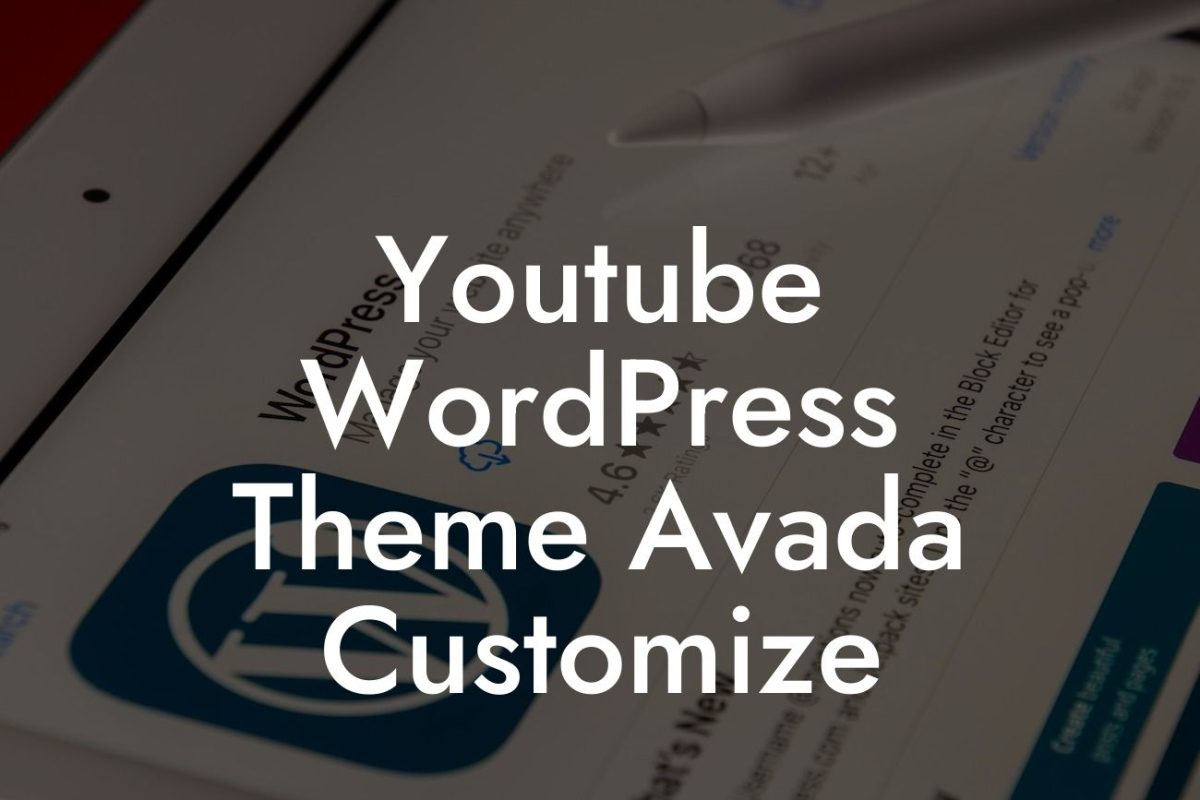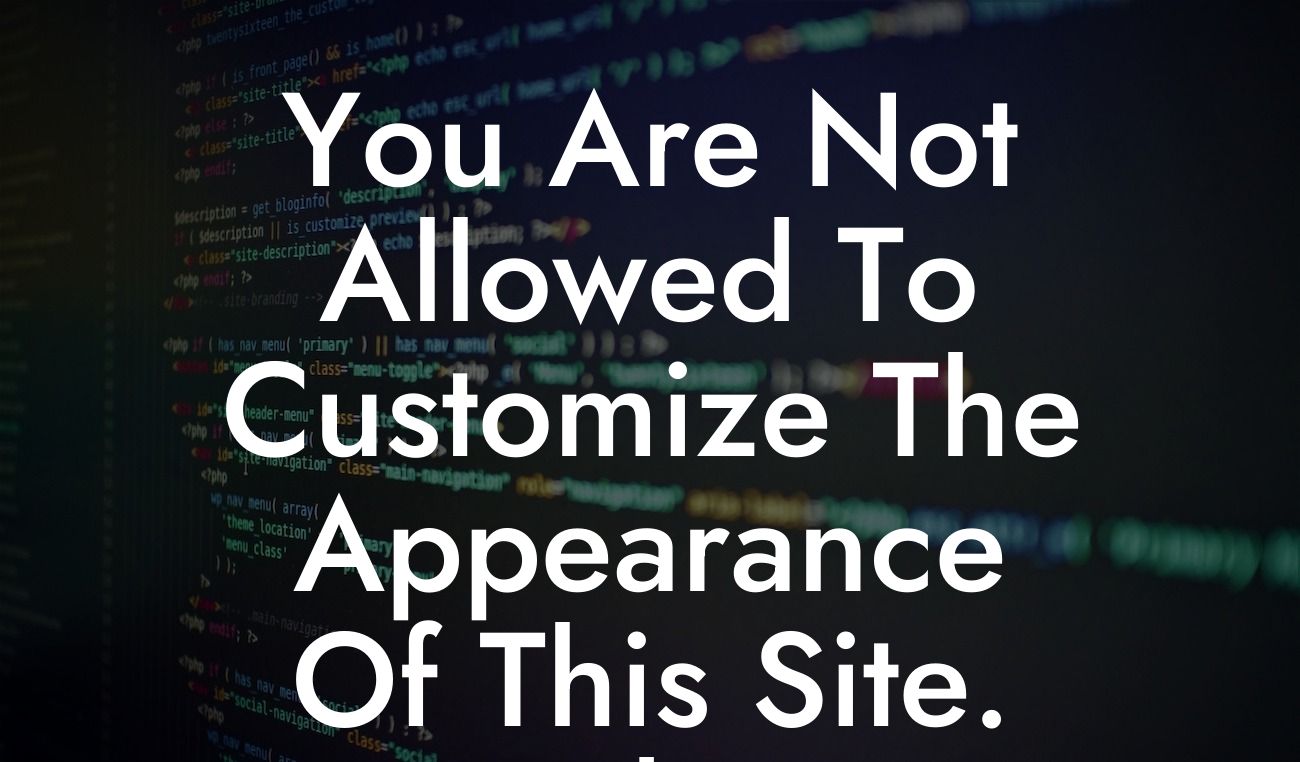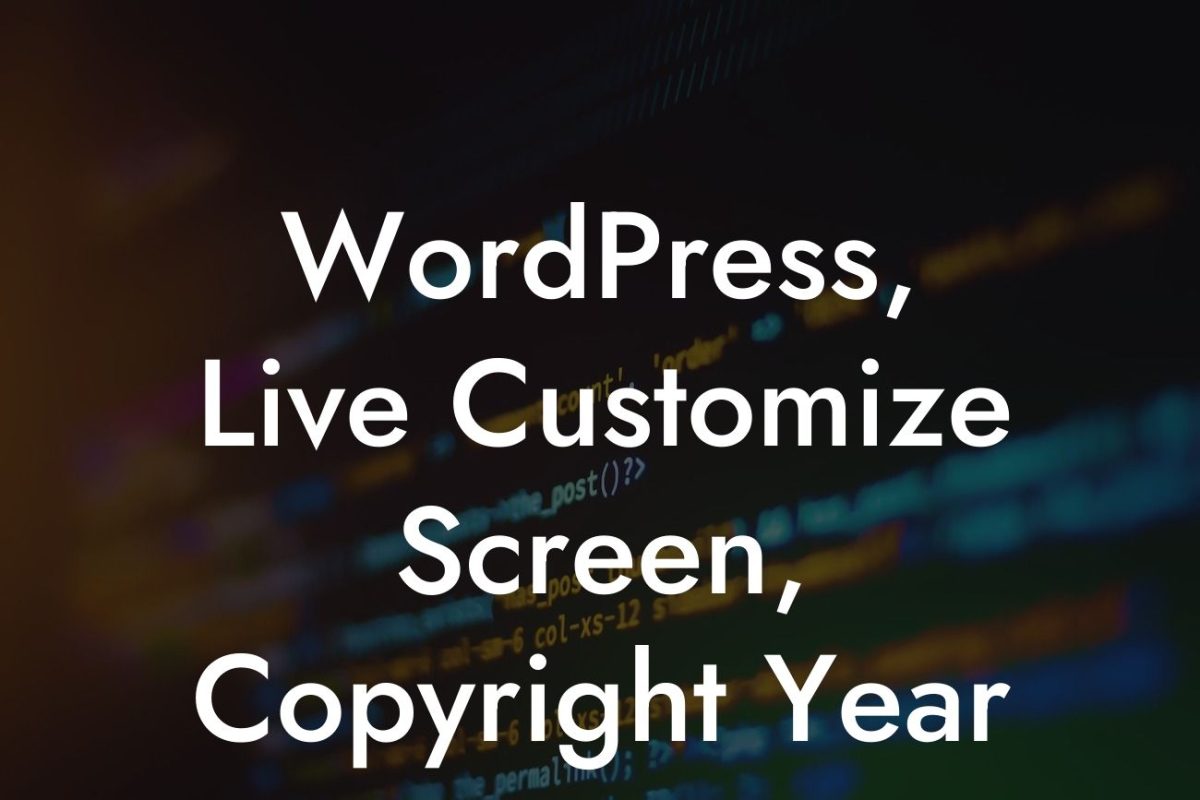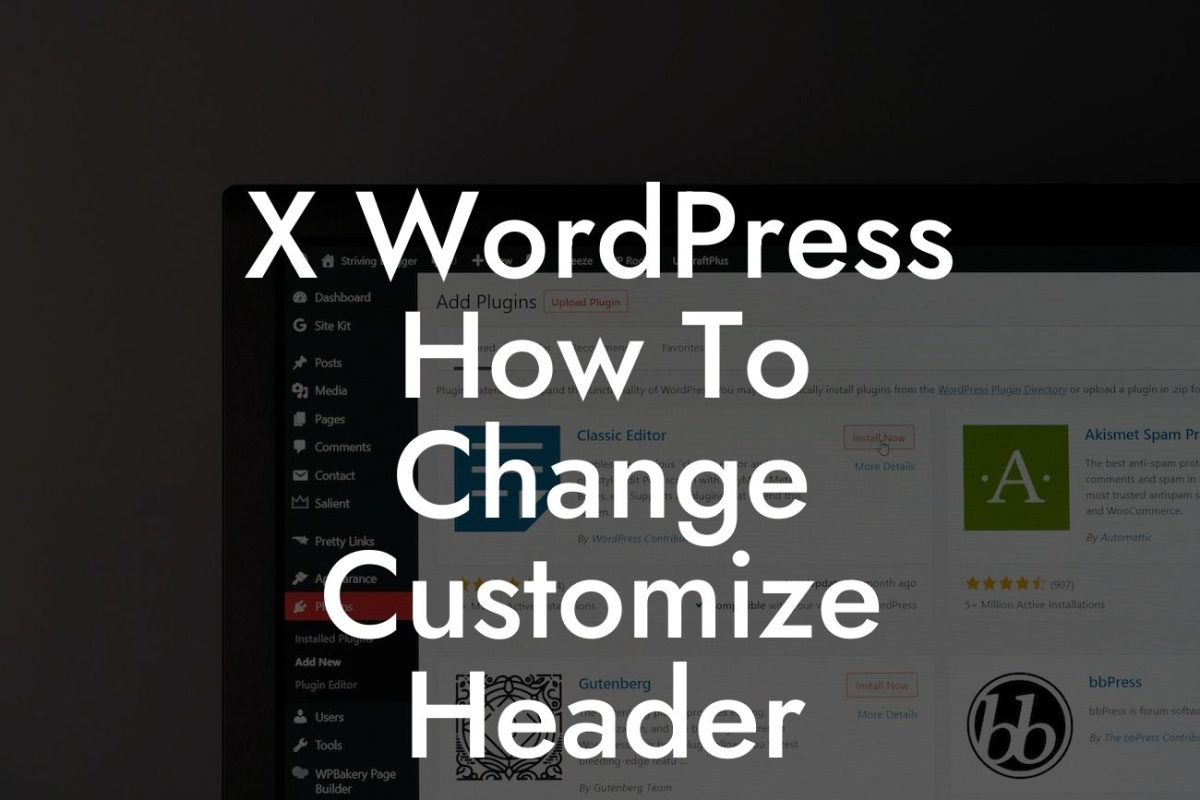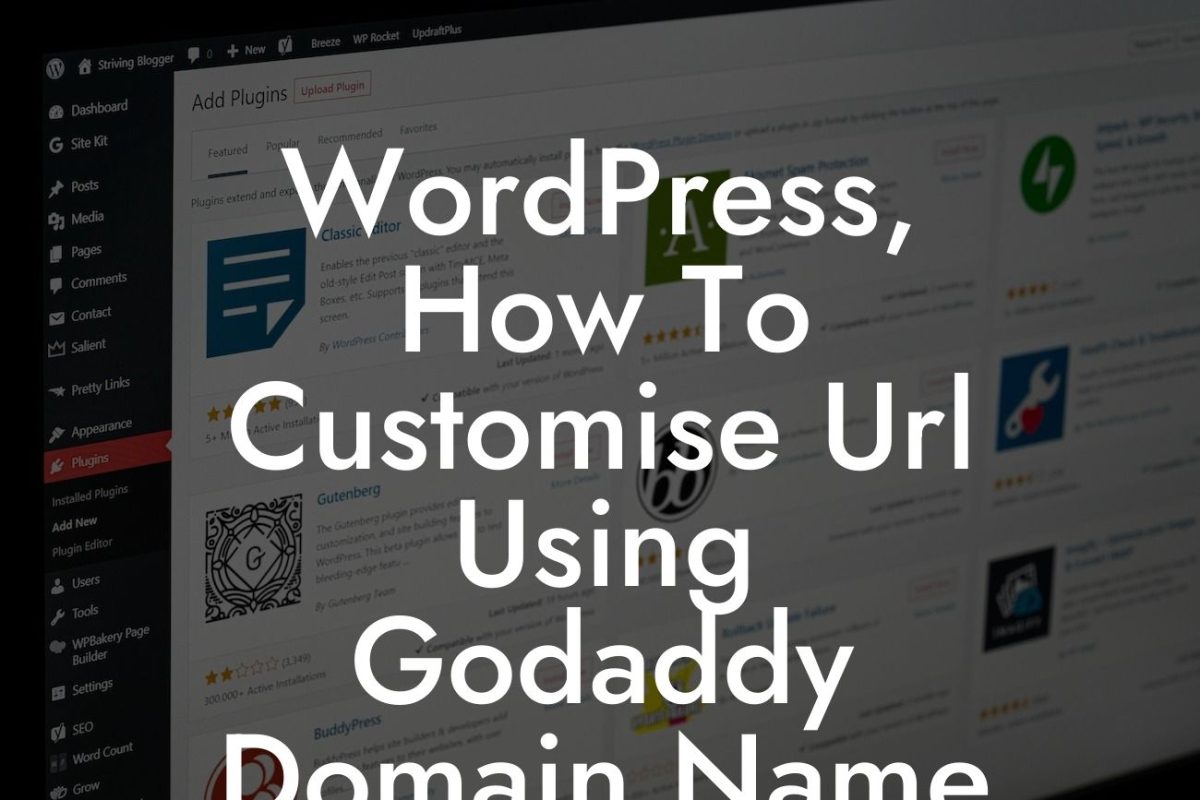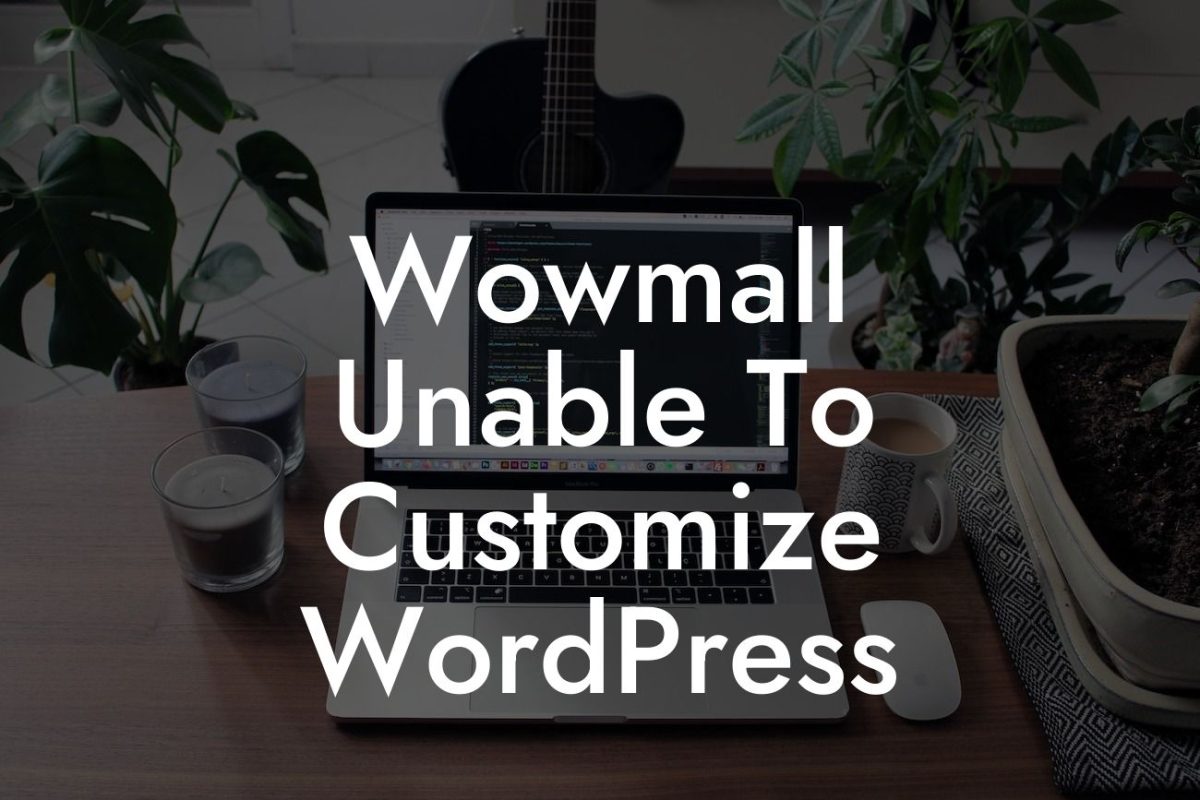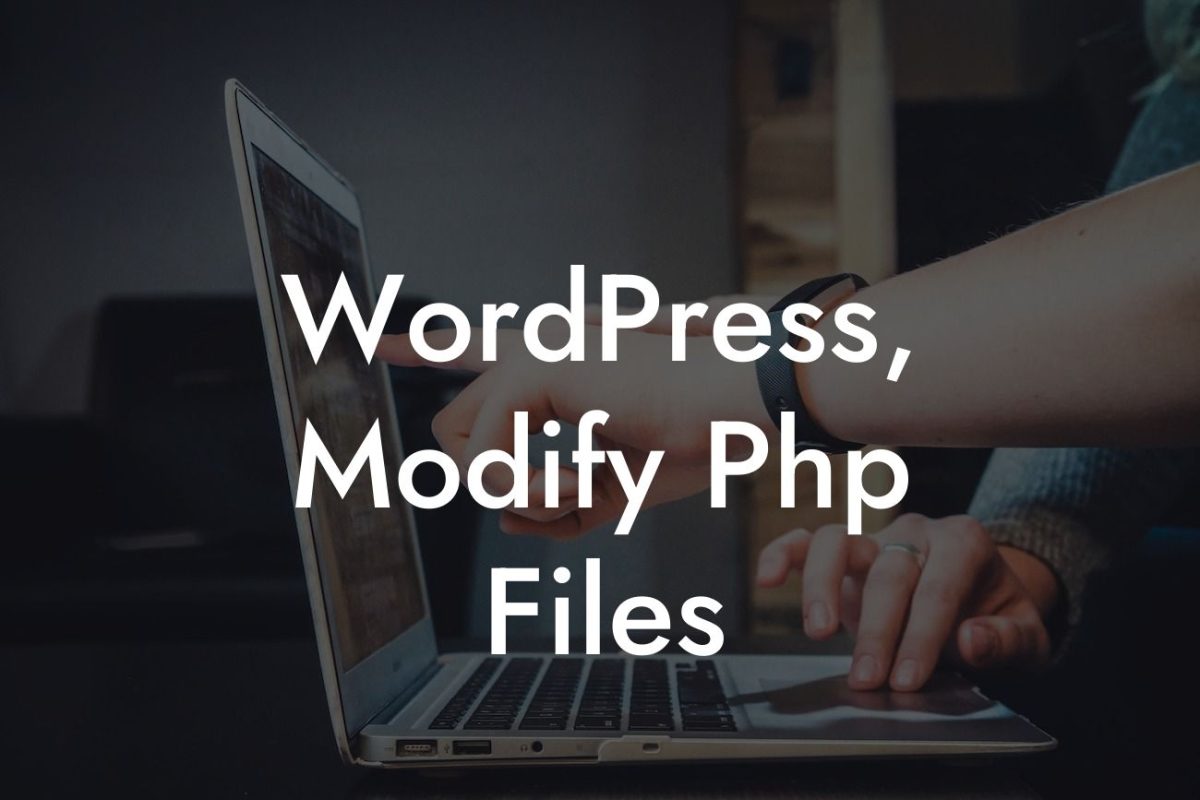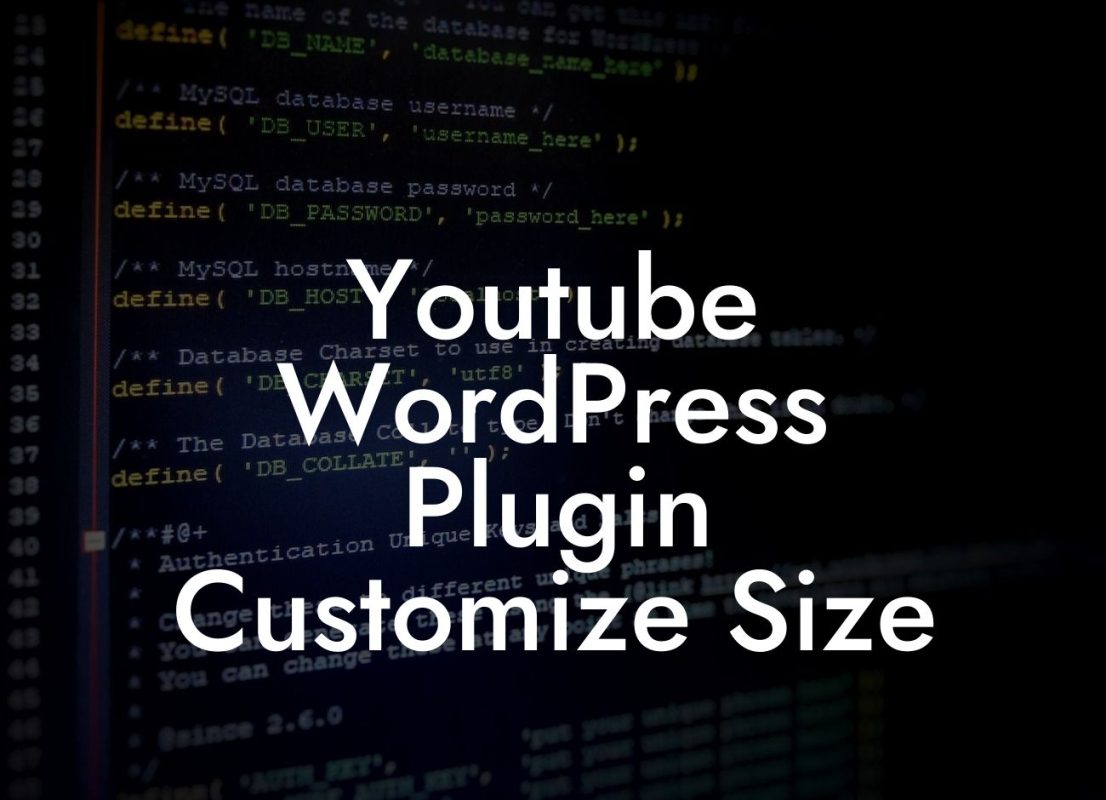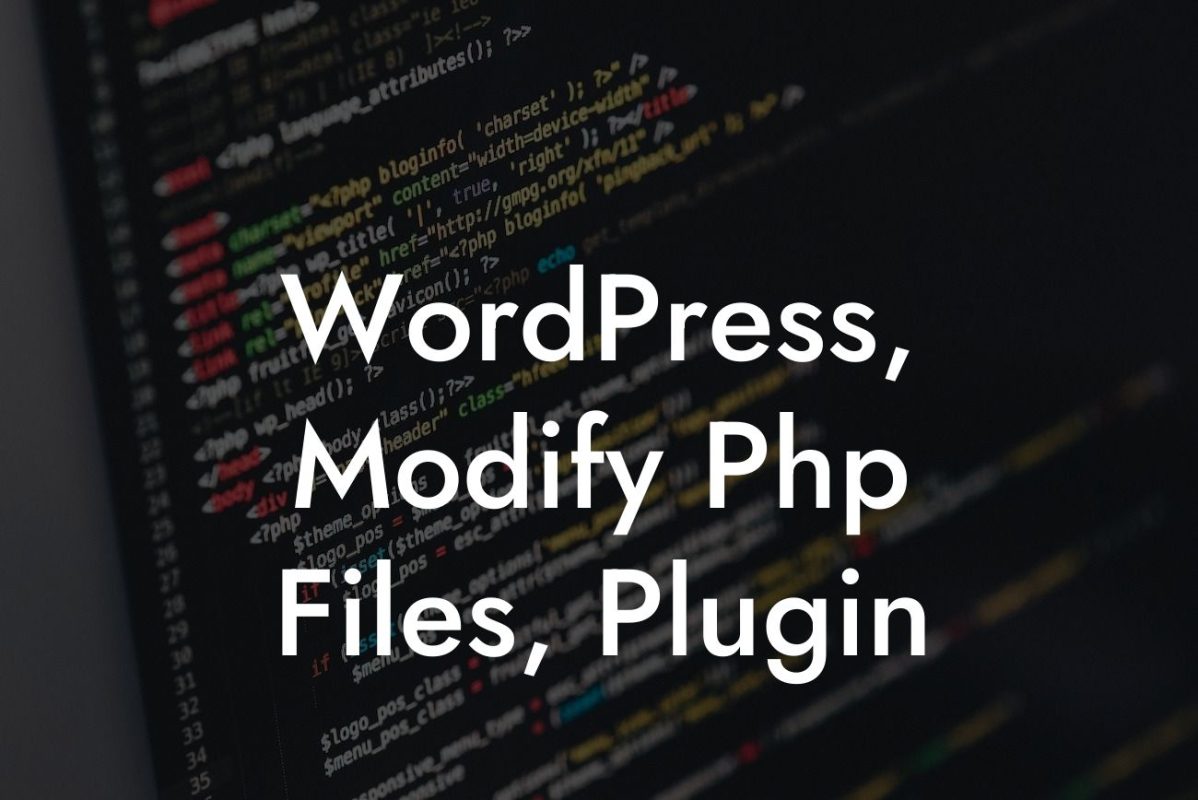Customizing user roles in WordPress can greatly enhance the functionality and user experience of your website. With the ability to create custom roles and assign specific capabilities, you have complete control over the actions each user can perform. In this article, we will guide you through the process of customizing user roles in WordPress, allowing you to optimize your user management and elevate your online presence.
Creating Custom Roles:
To create custom user roles, you will need to install and activate a plugin such as "Members" or "User Role Editor". Once installed, you can navigate to the plugin's settings page to add new roles. Give your custom role a unique name and select the capabilities you want to assign to it. This could include editing pages, managing plugins, or even accessing certain areas of the admin dashboard.
Assigning Capabilities:
After creating custom roles, you can assign capabilities to each role based on your requirements. WordPress provides a wide range of default capabilities, but with plugins like "Capability Manager Enhanced", you can easily add or remove capabilities to meet your specific needs. For example, you may want to allow a custom role to publish posts but restrict them from accessing sensitive settings.
Looking For a Custom QuickBook Integration?
Optimizing User Management:
With custom roles and capabilities in place, you can now optimize your user management. This involves assigning specific roles to individual users or groups of users. To do this, navigate to the "Users" section in your WordPress dashboard and select the user you wish to modify. From here, you can assign a role or multiple roles to the user, giving them permission to perform certain actions on your website.
Wordpress Customize User Roles Example:
Let's say you run a membership website where users can create, publish, and manage their own content. In this case, you might want to create a custom role called "Contributor" which can publish posts but doesn't have the ability to modify other users' content or access sensitive settings. By following the steps outlined above, you can easily create this custom role and assign it to the relevant users, providing a seamless user experience while maintaining control over your website.
Customizing user roles in WordPress is a powerful way to supercharge your website's functionality and enhance user experience. By creating custom roles, assigning specific capabilities, and optimizing your user management, you can achieve a tailored online presence that aligns with your business goals. Explore DamnWoo's range of awesome WordPress plugins to further enhance your website. Don't forget to share this article with fellow entrepreneurs and small business owners looking to take their online presence to the next level.



